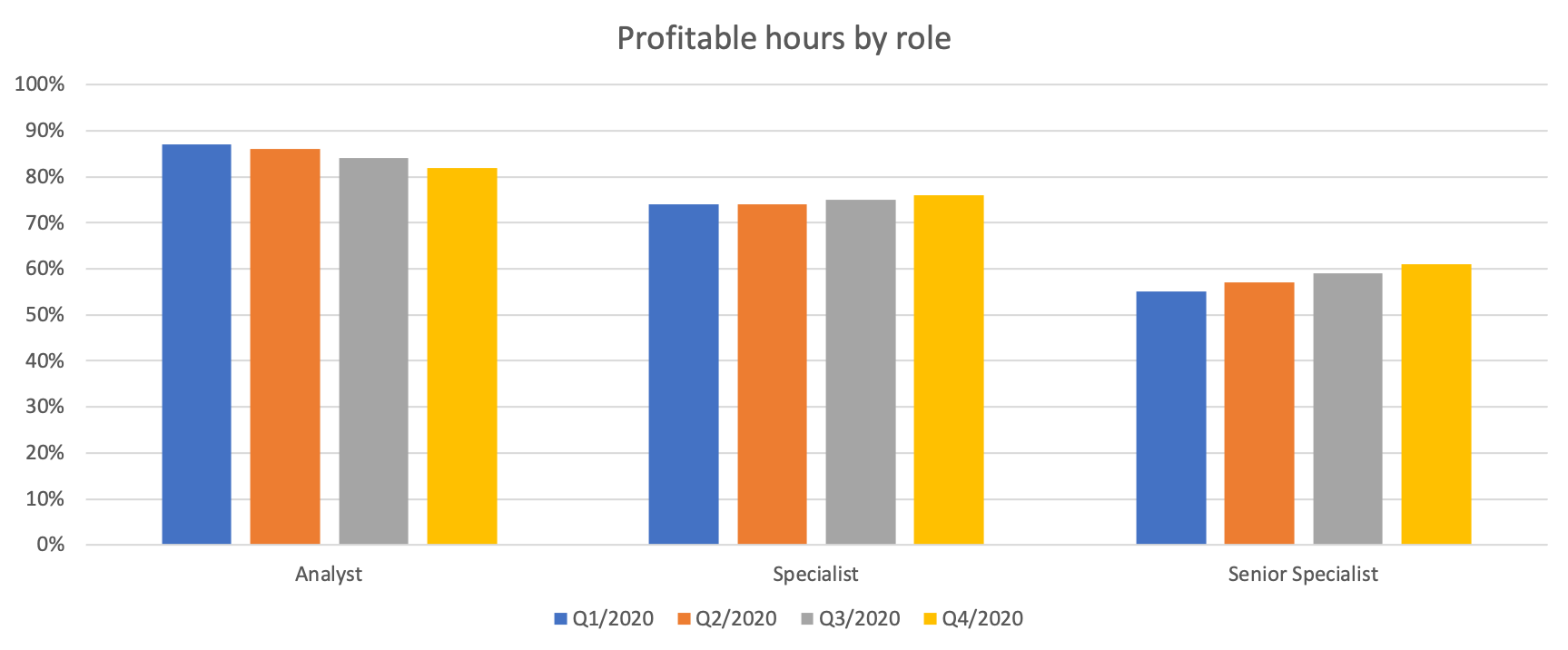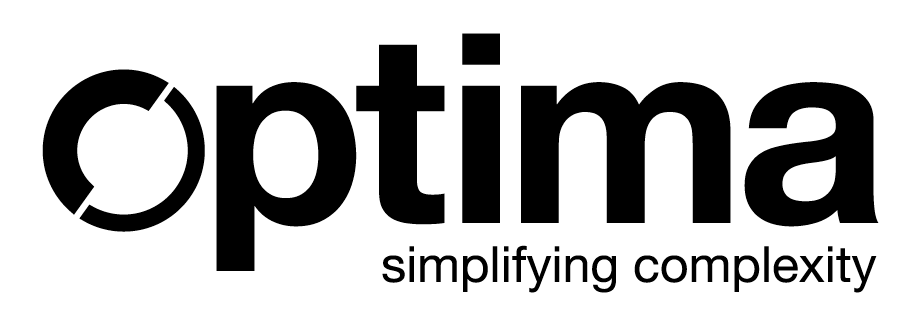Start with the end in mind!
Projects should always start with a clear focus on the expected outcome. Keeping in mind which are the goals of the implementations, the project team will drive the activities towards that direction. This is true in every sector, in every industry, and it is clearly applicable also to the laboratory environment.
In this context, lab resource scheduling is a perfect example of a project that drives to higher efficiency and reduced costs. In order for a lab resource scheduling project to be successful, it is important to start with the end in mind; meaning, it is important to define and structure the lab reporting, a fundamental part of the scientific process that allows someone who was not there to understand the work done and the results achieved, but not only: a lab reporting mechanism also provides you with valuable basis for future studies, it allows you to understand the quality achieved and it suggests alterations to the current methods adopted, if necessary.
A starting point, as well as an ending point in the entire process: a lab reporting is a key element that needs to be studied and developed as effectively as possible in order to drive results.
What makes a lab reporting efficient?
In order to structure a lab reporting system in an effective way, the definition of the output that should be generated by the system have to be part of the initial analysis. Some of the questions that should be answered by interrogating the system may be:
- Which is the percentage of working hours dedicated to administrative tasks?
- Which is the average number of hours spent to analyse a certain type of product?
Other questions may focus on specific areas of the lab, such as:
- How many hours are spent in sample preparation in a given department of the lab?
- How many time is spent in instrument calibration and maintenance?
- Which instruments are more likely to be replaced in order to increase productivity ?
In a completely different direction, the following questions are certainly helpful to deliver a better service to the lab’s customers, no matter if they are internal or external:
- Which tasks are performed between the completion of the analysis and the delivery of the results to the customers?
- How long does it take to perform all those tasks ?
- How long does it take to deliver the final results to the customer once order is entered?
Once the key questions have been spotted, it is important to identify a repository where to collect the answers and the relevant information in an accurate and clean way:
In fact, a dashboard showing these pieces of information would largely help the lab managers, quality managers and even the company executives to define goals and identify areas of improvements. Even more, this type of information would clearly define the “cost of quality” or better said, the “cost of non-quality”, since the time spent in the laboratories is an indication of the quality of the products.
If the laboratory needs to spend a large amount of time on complaints, re-test, etc… ,this may be an indication that the production process needs to be assessed.
Nowadays, a lot of CMOs (Contract Manufacturing Organisations) are producing drugs on a contract basis for pharmaceutical companies that are considered as their clients.
In this business, the quality of production is critical for internal efficiency and is also a key parameter for success. Even if it is true that other parameters may help identifying the areas of attention, the amount of time (and money) spent in the labs to support the business goals is often underestimated.
It is evident that a system that helps tracking the time spent in the labs to perform the tests is a critical asset for any company.
This is even more true for service labs, where the company revenues are directly associated with the lab performance.
 The kick-off of a project to implement a software to track the lab resource scheduling should define which are the critical parameters and KPIs to be measured when the system is live.
The kick-off of a project to implement a software to track the lab resource scheduling should define which are the critical parameters and KPIs to be measured when the system is live.
A short period of time after the launch of the project, some of the parameters and KPIs can be already measured to track the lab performance or the production efficiency. And, when a fair amount of data are stored in the system, more sophisticated analysis can be executed.
Hundreds of thousands of information are stored in a software handling the lab resource scheduling. This large amount of data can be exploited to generate the business insights that the company management is expecting.
Out-of-the box lab reporting to generate new business insight
Lab managers are keen to find the perfect solution that provides and tracks the parameters and KPIs that can generate new business insight and that could be critical for the success and the efficiency of the lab itself.
A software solution that offers the chance to produce “out-of-the-box” reports and dashboards that are able to give various indications on the lab performance.
For example, how can we identify the profitable hours of work in a lab, for each job role and resource involved? This is a piece of information that is vital to guarantee the success and the efficiency of the lab itself.
 Last, but not least, it is key to select a software designed using the most advanced technologies for databases, such as Oracle.
Last, but not least, it is key to select a software designed using the most advanced technologies for databases, such as Oracle.
Oracle, in fact, is the most used database platform for enterprise applications. Its ability to store huge amounts of data, to retrieve them in a fraction of seconds delivers to lab resources scheduling tools the optimal environment to store many years of resource scheduling data.
If a customer is interested to go for advanced reporting capabilities, sophisticated statistics, “what-if” analysis and many others, it is just a matter of integrating any external tool to the lab scheduler’s database and obtain all the information needed.





